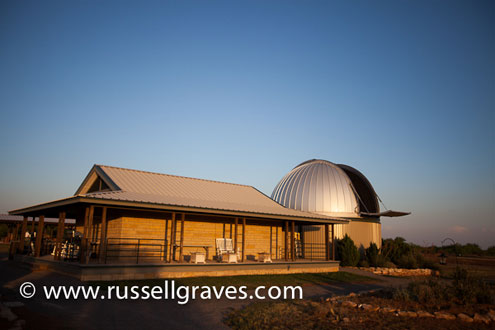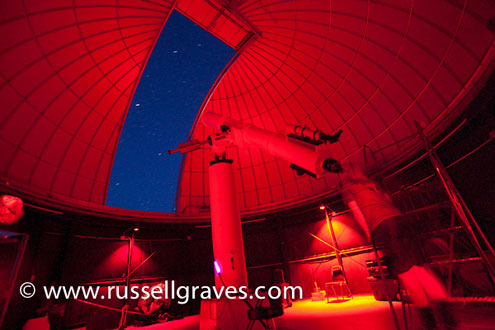The wind is a bit breezy but that is typical for mid-May in the Texas Rolling Plains. To my west, an orange sun hangs low across a horizon where you can see across the scrub for mile after unabated mile. To the north, a massive thunderstorm spits angry bolts of lighting across the prairie. Just a short time ago when my family and I enjoyed dinner at the nearby Longhorn Steak Ranch, the storm was just a puff of white hanging in the cobalt sky like an out-of-place cotton ball. Now it is huge and growing.
The sides of the storm are billowy and textured while the top has flattened out in a classic anvil shape that extends northeast and looms over the area where the storm will soon travel. Where I am between Crowell and Paducah, the sky above is clear. The wind Iím experiencing is a byproduct of the storm that ravaging southwest Oklahoma. Itís so massive it is sucking moist wind from the southeast and influencing our weather some forty miles away. The wind serves as fuel to the meteorological fire and is causing quite a show even as the sun goes down.
At dusk, the Comanche Springs Astronomy Campus is busy. Apart from the proprietary telescopes, several amateur astronomers are setting up various telescopes in advance of the star party thatís soon to commence. At the star party, visitors get to look through a variety of telescopes aimed at various celestial objects.

The Comanche Springs Campus is a scientific outreach of the Three Rivers Foundation for the Arts and Sciences. Located about fifteen miles west of Crowell, the campus is part of a 700 acre ranch thatís dedicated to science and education in the big ranch country of the Texas Rolling Plains. Aside from the astronomy campus, thereís two outdoor classrooms, bunkhouses, and the wildlife that makes the plains ecosystem unique.
Before the sun goes down, I walk my kids over to look through one telescope with a solar filter attached. Through the eyepiece, it is amazing to see such a detailed view of the sun. It is amazingly textured and I can see sunspots on the surface and immense solar flares erupting from the edges of the orb. While I am looking at the sun, facilities manager Ron Parks comes over and explains that the solar flares are as tall as eight to ten earths stacked.

In just a short time the sun is below the horizon and stars begin to pepper the dark sky. Before long, the sky is an inky black and the area is dark. So dark, that Ron tells me that itís among the darkest places in the continental United States.
Under the dome, my daughter and I look at Saturn through a massive 15Ē telescope. Because of the wind, they havenít broken out the big 30Ē telescope yet. Thatís okay. Seeing Saturnís rings so plainly is a treat.
Any questions or comments? Contact Russell at russell@russellgraves.com or visit his website at www.russellgraves.com